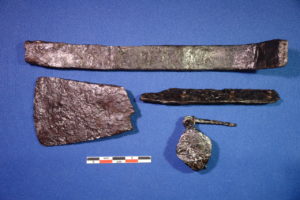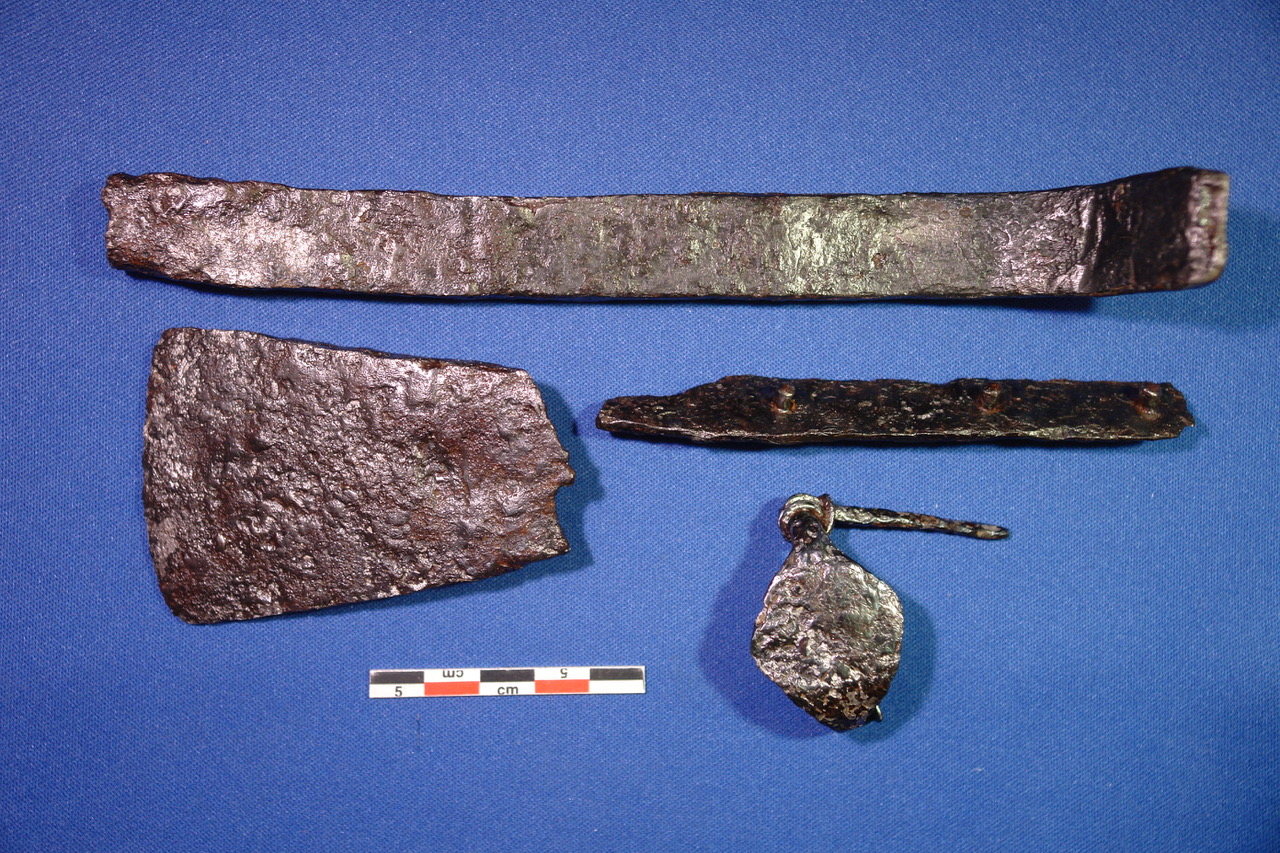Empires of Iron: Forging Communities in War and Peace

It is commonly held in the archaeology of southwest Asia that the advent of iron metallurgy marked a major shift in the connections that bound ancient societies. Like many after him, V. Gordon Childe proposed that the 'democratizing' effect of iron —an abundant and easily accessible ore— diminished the need for long-distance trade in copper and tin, and subverted the elite monopoly over the metallurgical arts. And yet, by the 1st millennium BCE, when blacksmiths had adequately developed the intensive methods of smelting and forging needed to realize the advantages of iron over bronze, this 'democratic' metal played a decisive role in creating and maintaining the unprecedented asymmetries of Assyrian, Urartian, Neo-Babylonian, and Achaemenid imperial rule. At the same time, new communities of practice took shape that linked blacksmiths and iron users across regions in a shared metallurgical repertoire of techniques, styles, and uses. In war, iron weapons afforded collective violence on an unparalleled scale in human history. In peace, the wide availability of iron tools connected ordinary people across boundaries in common practices of everyday life. Iron thus resembled other mundane materials, like clay and stone, in its broad societal entanglements. This research investigates the role of ferrous materials in shaping the forces of community, connectivity, and conflict during the age of empires. It takes as a focal point the southern Caucasus and eastern Anatolia, metalliferous regions whose importance as a source of raw materials survived the technological revolution from the Bronze to the Iron Age. Stylistic analysis of artifacts will provide insight into technological and consumer choices and their spatial patterning. And prospects will be assessed for using portable x-ray fluorescence on objects from Armenia to evaluate variability in the chaîne opératoire as it pertains to carburization, an important aspect of the production of 'semi-steel' in the 1st millennium BCE.
